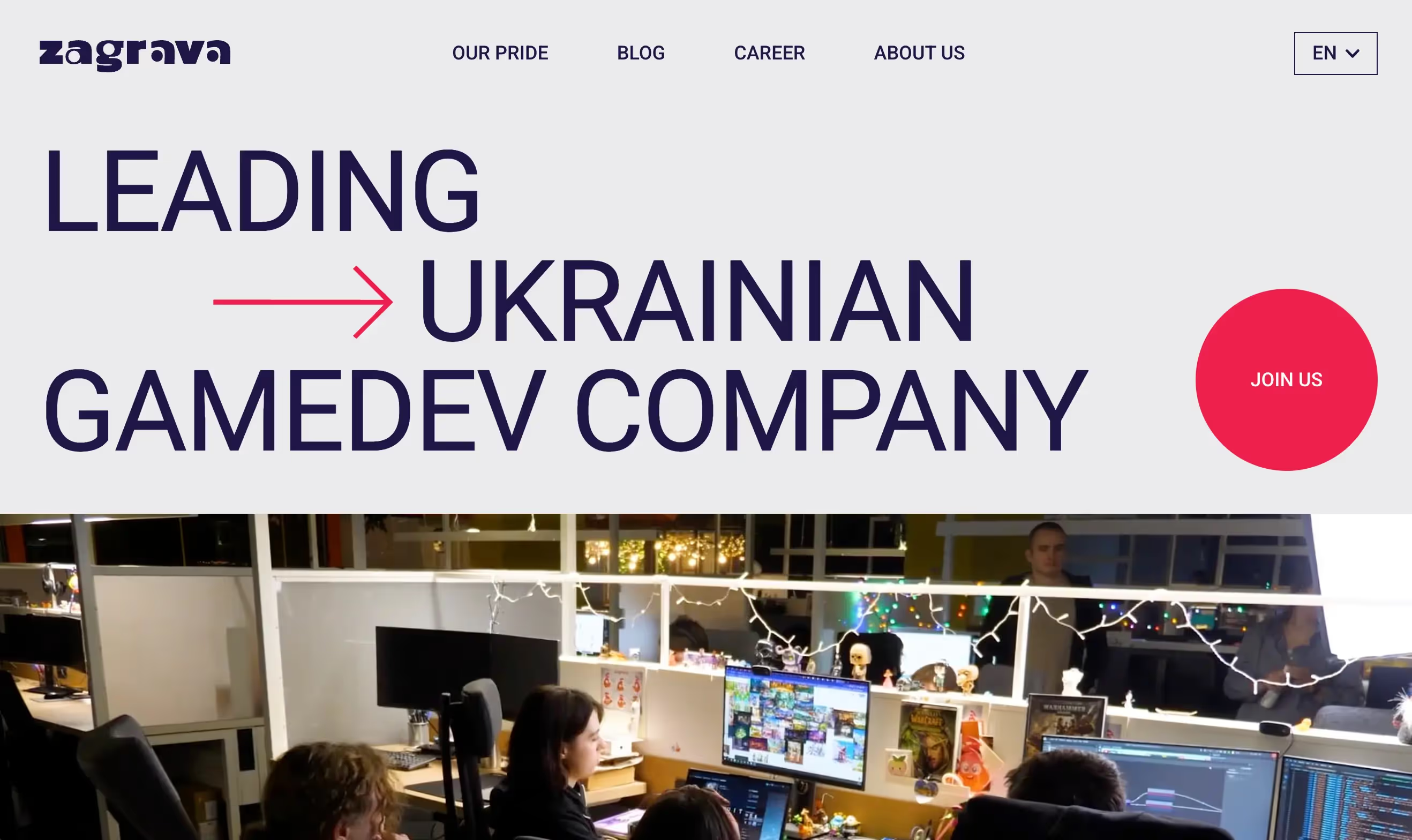Website Redesign Cost 2026: How Much Will It Really Cost?
Quick Summary
Planning a website redesign in 2026 requires understanding the financial investment involved.
Website redesign costs typically range from $3,000 to $160,000+, depending on your project scope, design complexity, and chosen development approach.
This comprehensive guide breaks down the key factors that influence website redesign pricing, provides realistic cost estimates by business size, and offers practical tips to optimize your budget while achieving your digital transformation goals.
Understanding Website Redesign: More Than Just a Visual Upgrade
Before diving into costs, it’s important to understand what a website redesign really means. Unlike simple content or style updates, a redesign is a strategic overhaul — rethinking your site’s visuals, user experience, and technology foundation to better serve your brand’s objectives.
A redesign becomes necessary when your current site no longer supports your business goals. Outdated design, poor mobile performance, or weak conversion rates are key signs it’s time for change.
A thoughtful redesign addresses these pain points while positioning your brand for sustainable growth.
Factors That Affect Website Redesign Cost
Several variables shape your website redesign cost in 2026. Understanding these factors helps you set realistic expectations and allocate your budget effectively.
1. Type of Website
Your website’s size and purpose directly influence total cost.
Different website types require varying levels of design complexity, content, and functionality:
One-Page Website
- Page Count: 1
- Design Complexity: Custom
- Typical Features: Basic information, contact form
- Redesign Cost Range: $3,000 – $6,000
- Monthly Maintenance: $10 – $50
- Timeline: 1–2 months
Small Business Website
- Page Count: 5–15 pages
- Design Complexity: Moderate
- Typical Features: Services, blog, forms, basic SEO
- Redesign Cost Range: $7,000 – $22,000
- Monthly Maintenance: $50 – $200
- Timeline: 2–4 months
Medium Business Website
- Page Count: 20–50 pages
- Design Complexity: Custom
- Typical Features: Advanced features, integrations, content strategy
- Redesign Cost Range: $22,000 – $75,000
- Monthly Maintenance: $200 – $500
- Timeline: 4–6 months
Large Corporate Website
- Page Count: 50–150 pages
- Design Complexity: Advanced Custom
- Typical Features: Multi-language, portals, advanced UX
- Redesign Cost Range: $55,000 – $110,000
- Monthly Maintenance: $500 – $1,500
- Timeline: 8-12 months
Ecommerce Website
- Page Count: 50–500+ pages
- Design Complexity: Highly Custom
- Typical Features: Product catalog, payments, inventory system
- Redesign Cost Range: $45,000 – $160,000+
- Monthly Maintenance: $800 – $2,500
- Timeline: 3–9 months
2. Design Complexity
Your design requirements are one of the most significant cost drivers.
- Template-based redesigns: $1,500–$5,000
- Custom brand designs: $5,000–$30,000
- Advanced motion/interactive design: $30,000–$75,000+
Custom and interactive designs require more strategy, design time, and development expertise — but they also create stronger brand differentiation and engagement.
3. Content Strategy and Creation
Content creation often represents 10–25% of total redesign cost.
You can repurpose existing copy or invest in professional copywriting, typically ranging from $2,000–$12,000 depending on scope.
High-quality, SEO-optimized content improves both visibility and conversion — making it a strategic investment, not an afterthought.
4. Technical Requirements and Functionality
More advanced functionality increases both complexity and cost.
Common technical features that impact pricing include:
- CMS (Content Management System) setup
- Ecommerce functionality and secure payments
- Customer portals or dashboards
- Multilingual support
- CRM or marketing automation integrations
- Advanced search and filtering
- Analytics and data integrations
Each additional layer requires custom development, testing, and ongoing maintenance.
5. SEO Optimization and Digital Marketing Integration
A redesign should never harm your search visibility.
SEO setup and migration typically adds $2,500–$10,000, including:
- Technical SEO and site architecture
- Keyword mapping and content optimization
- Redirect strategy for old URLs
- Structured data and schema setup
- Performance and mobile optimization
When handled correctly, SEO integration ensures your new website maintains — or even improves — organic rankings post-launch.
6. Responsive Design and Accessibility
By 2026, mobile and accessibility compliance are no longer optional.
Implementing WCAG 2.2 AA accessibility and ensuring seamless mobile performance typically adds $2,500–$6,000 to a project.
This investment protects your business legally and ensures inclusivity for all users.
Website Redesign Pricing Models: Understanding Your Options
How you pay for your redesign impacts both total cost and workflow.
Agency Pricing
- Range: $8,000 – $90,000+
- Best for: brands seeking strategy, design, development, and post-launch support.
- You’re paying for a full multidisciplinary team, QA, and project management.
Freelancer Pricing
- Range: $3,000 – $15,000
- Best for: smaller or phased projects needing specific expertise.
- Cost-effective but requires strong self-management and direction.
In-House Development
- Direct Costs: $800 – $5,000 (tools, hosting, licenses)
- Hidden Costs: staff time, delayed delivery, limited scalability.
Fixed Price Projects
- Predictable budgeting, clear deliverables.
- Best for well-defined scopes.
Hourly or Retainer Models
- Hourly: $50 – $250/hr
- Retainer: $1,500 – $10,000/month
- Ideal for continuous improvements, support, or phased redesigns.
Average Website Redesign Cost by Business Size (2026)
- Small Business: 5–20 pages — $7,000 to $22,000 — 2–5 months
- Medium Business: 20–75 pages — $22,000 to $75,000 — 4–8 months
- Enterprise: 100+ pages — $80,000 to $300,000+ — 6–12 months
Tips to Manage Your Website Redesign Budget
1. Prioritize Core Features
Define your Phase 1 essentials — homepage, services, and conversion paths.
Plan Phase 2–3 improvements for post-launch updates.
2. Consider Phased Redesigns
Redesign high-impact pages first to minimize risk and spread costs.
3. Repurpose Existing Content
Audit your site to find content worth keeping, optimizing, or consolidating.
4. Invest in Scalable Solutions
Choose flexible CMS platforms like Webflow, WordPress, or Shopify for long-term adaptability and lower maintenance.
5. Get Multiple Quotes
Compare proposals from at least three providers.
Don’t just compare price — evaluate process, deliverables, and support quality.
6. Budget for Ongoing Maintenance
Typical annual website upkeep includes:
- Hosting: $20–$500+/month
- Security & backups: $100–$500/year
- Plugin/CMS updates: $200–$2,000/year
- Content & SEO updates: $200–$2,000/month
Snig Insight: The Real Cost of Clarity
The true cost of a website redesign isn’t just in design hours or code.
It’s in how effectively your new site tells your story, converts attention into trust, and supports business growth.
At Snig.Digital, we believe 80% of redesign ROI comes from 20% of strategic decisions — clarity, UX structure, and brand alignment. When those are right, every pixel works harder.
Conclusion
Understanding website redesign costs in 2026 empowers you to make confident, data-backed decisions.
From $3,000 landing pages to $160,000+ enterprise builds, what matters most isn’t how much you spend — but what your investment achieves.
Your website is your most active digital asset.
When redesigned strategically, it becomes more than a marketing tool — it becomes a growth engine.
At Snig.Digital, we specialize in building high-performing, design-driven websites that combine clarity, craft, and conversion. Whether you’re rethinking your brand experience or scaling an enterprise platform, we take full responsibility for guiding you from vision to measurable results.
Ready to start planning your redesign? Let’s talk.


.jpg)




